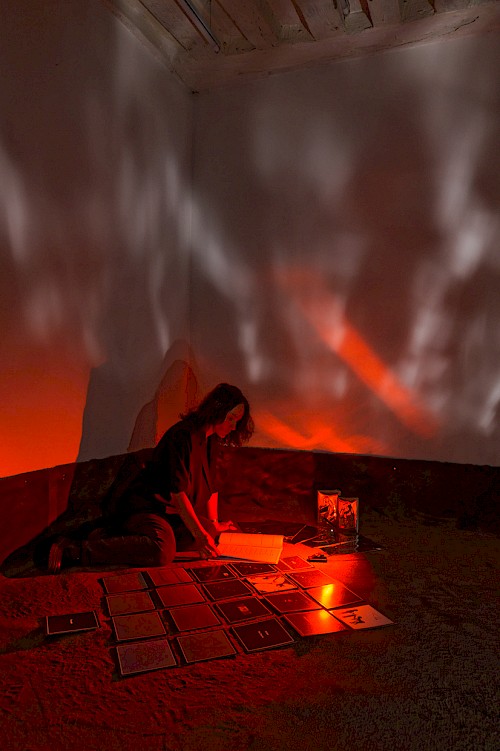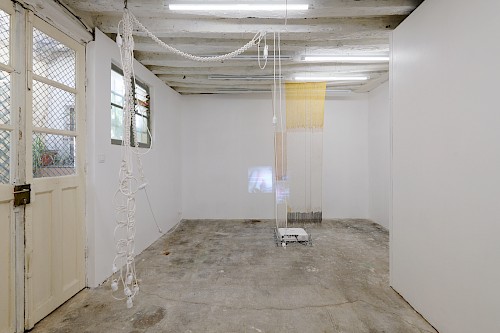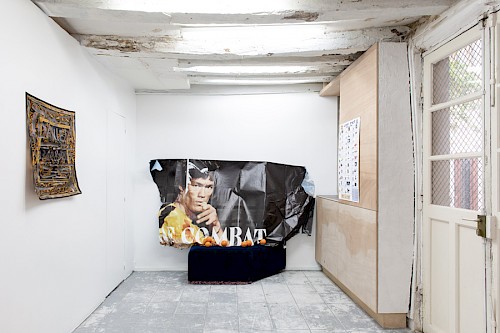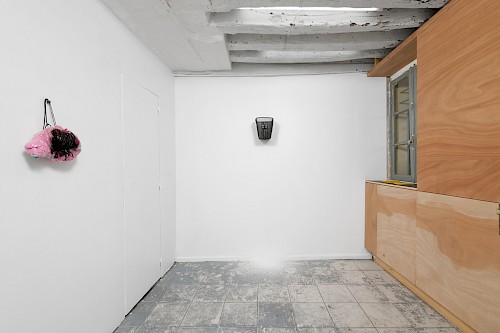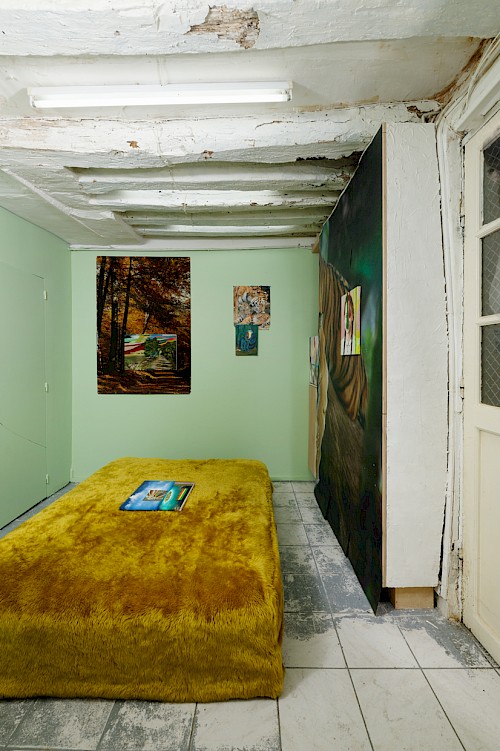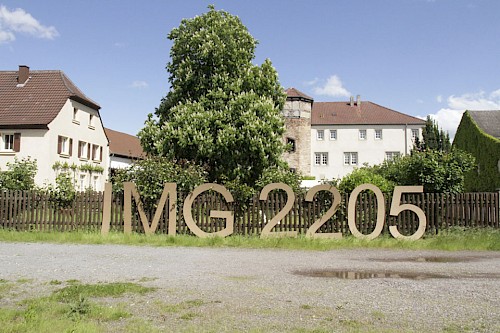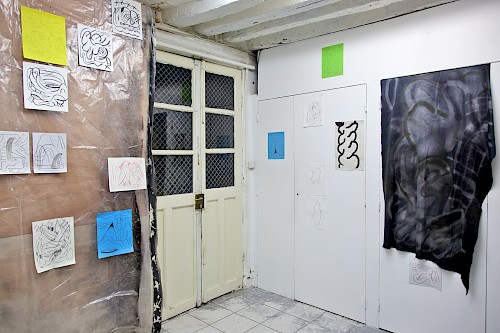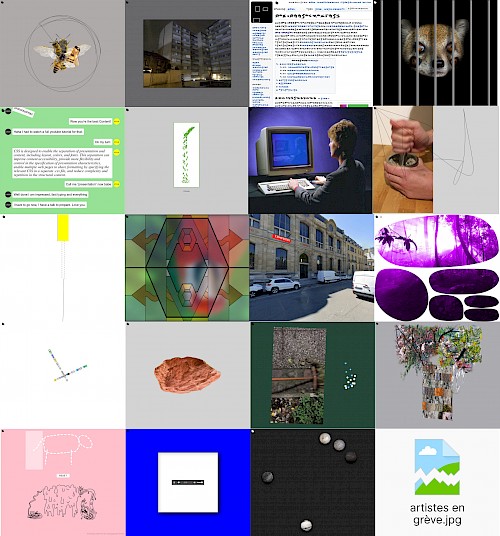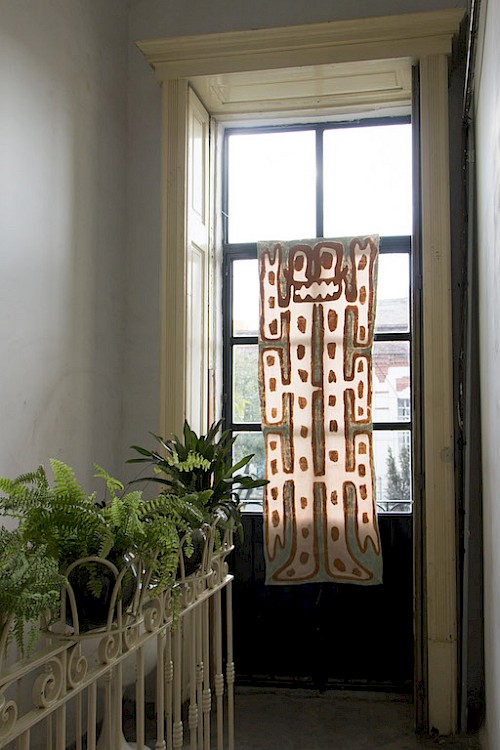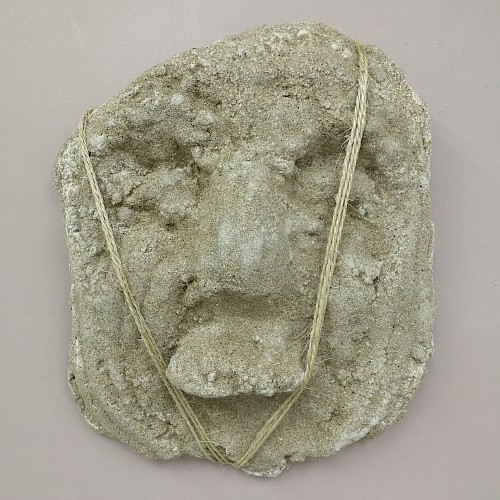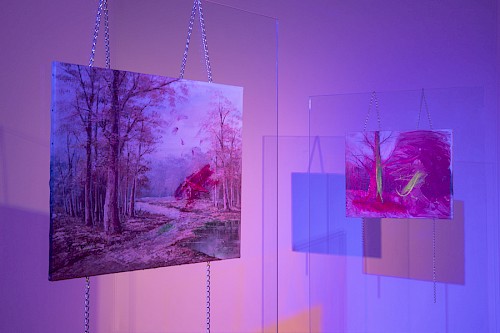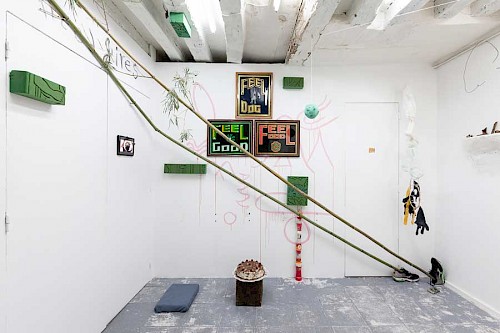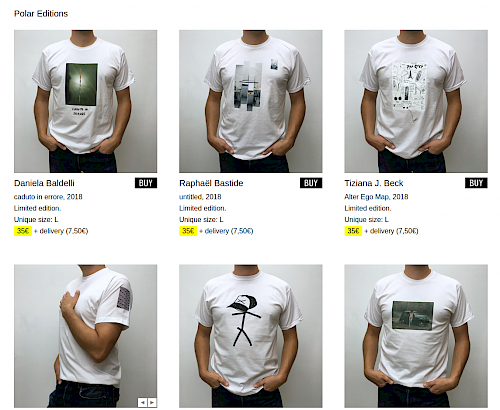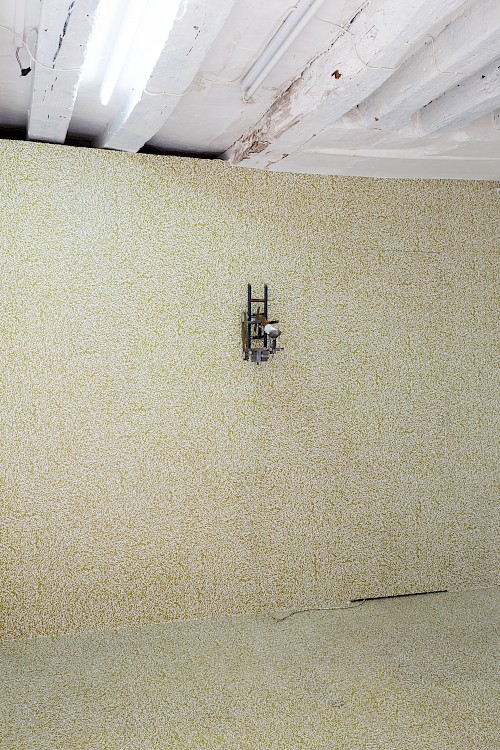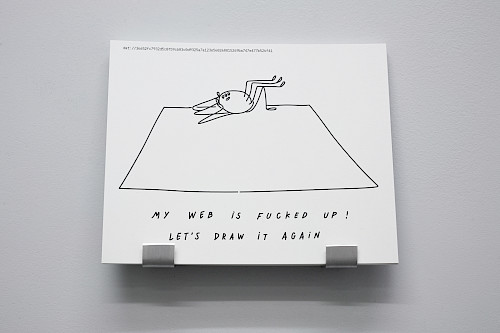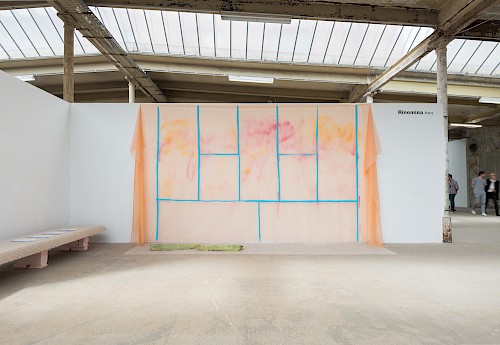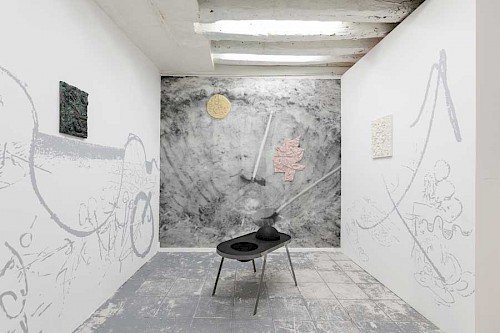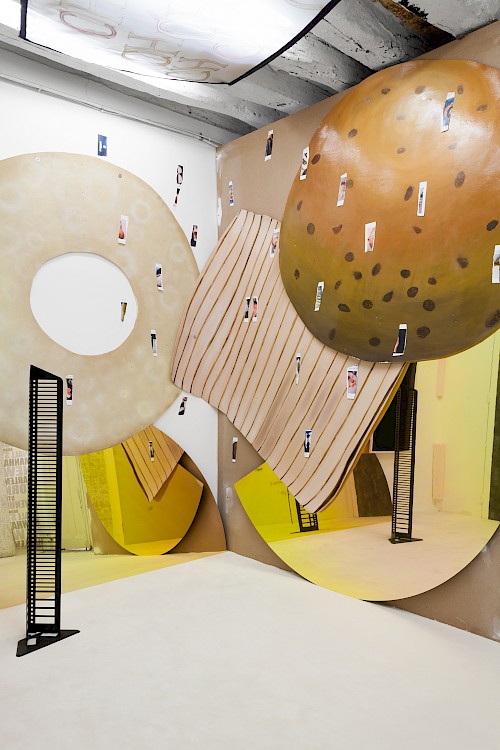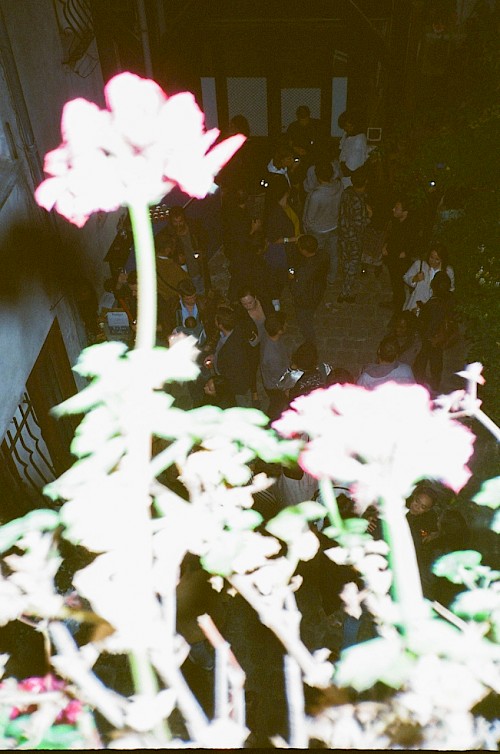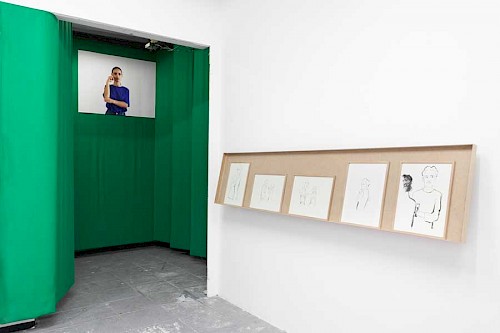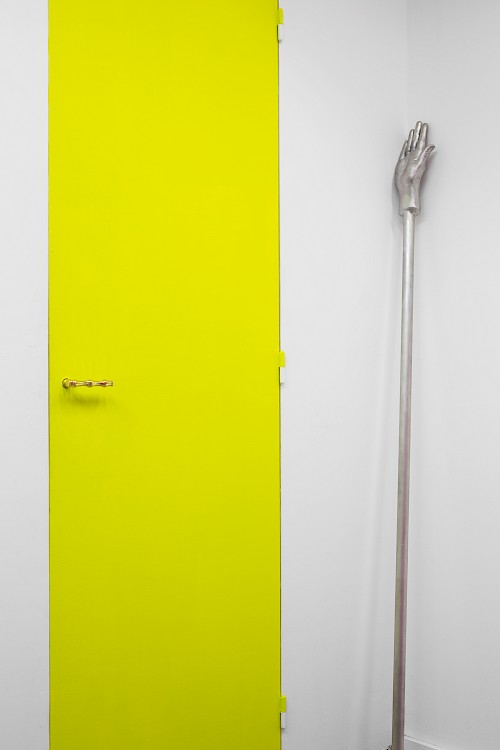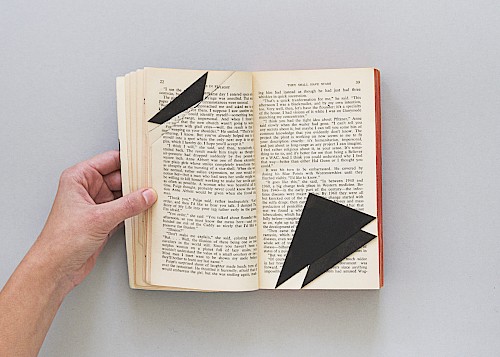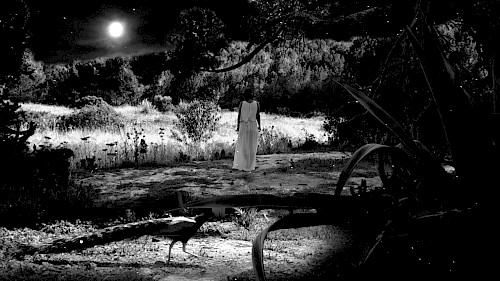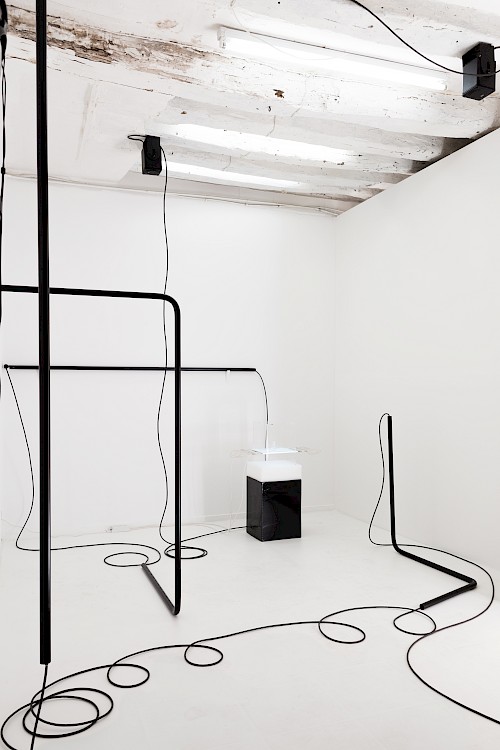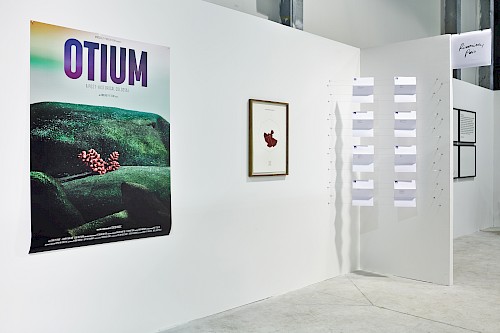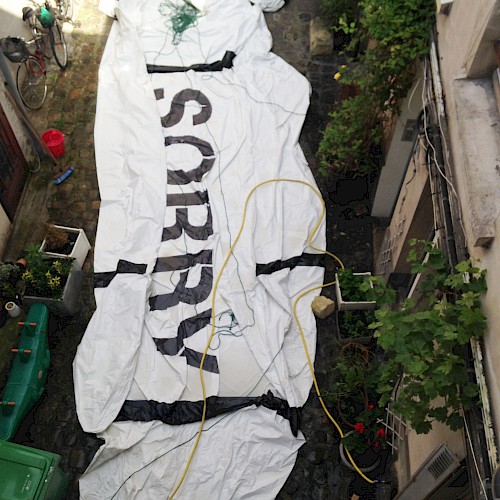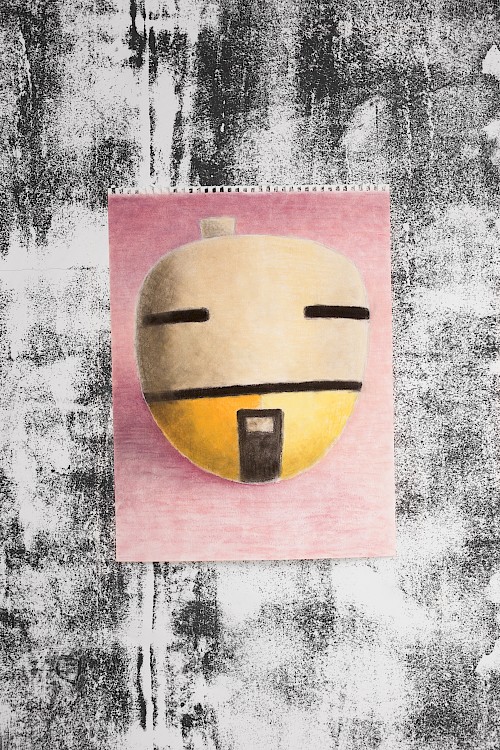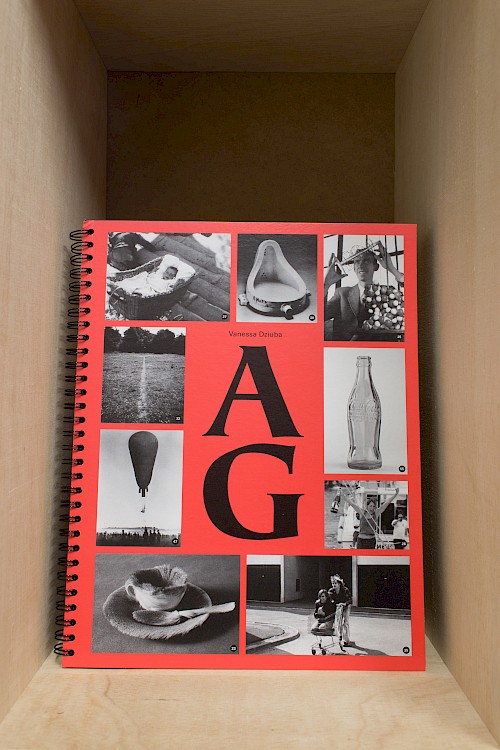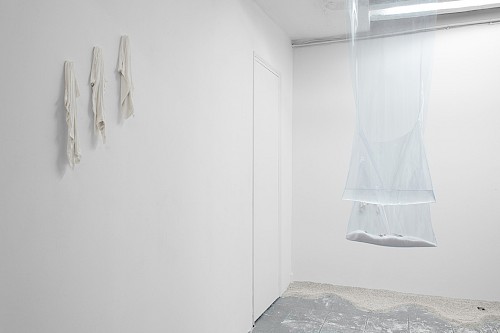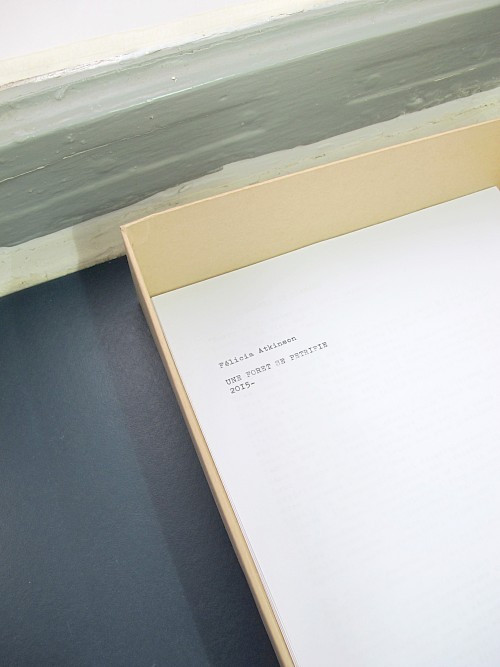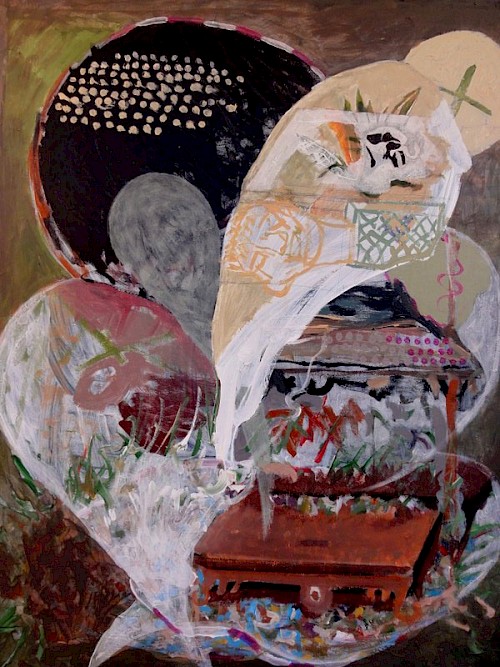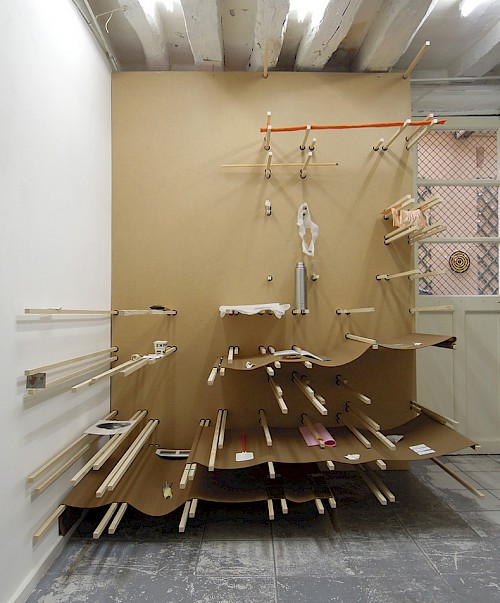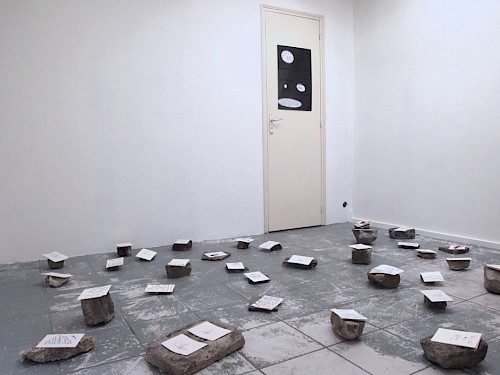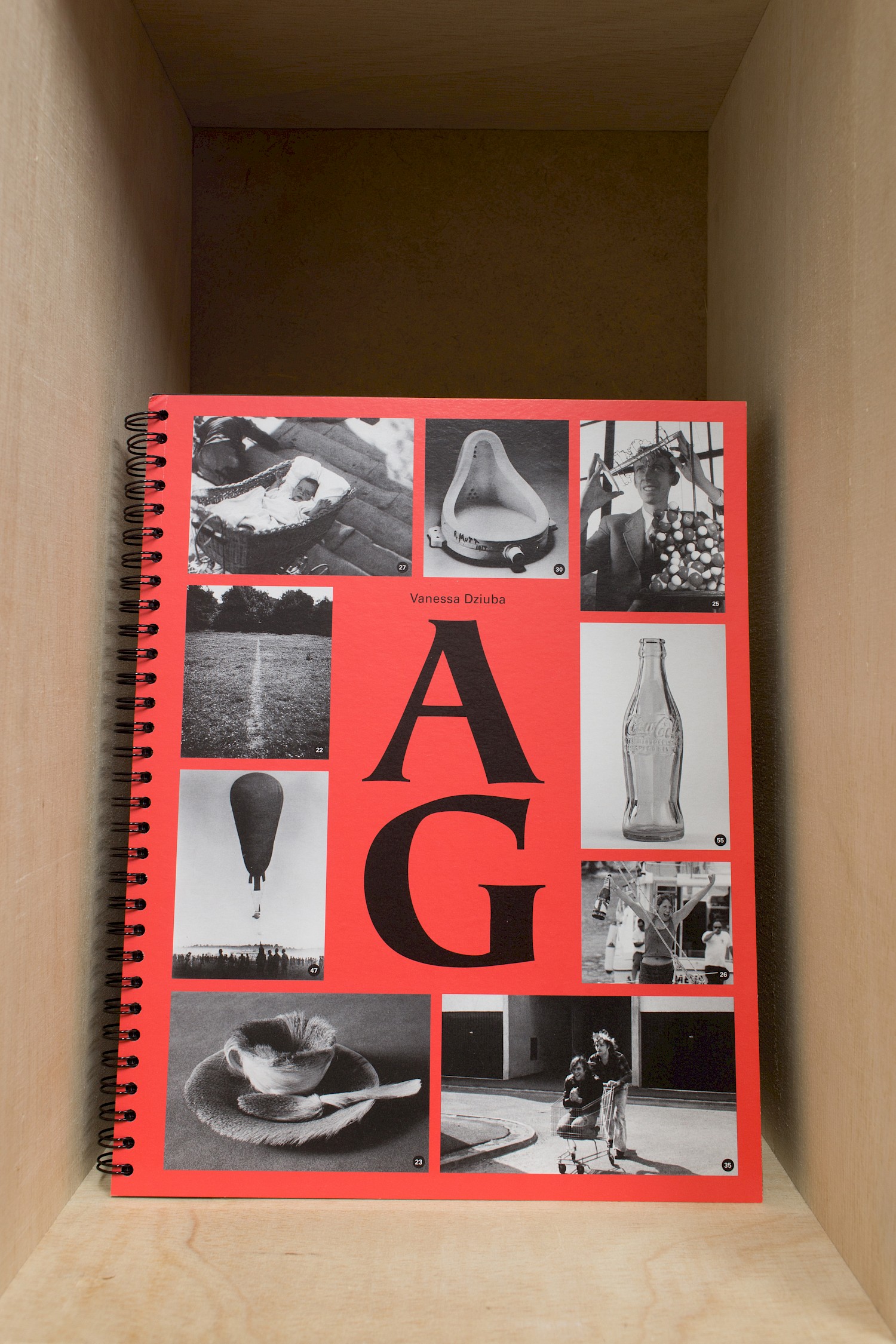

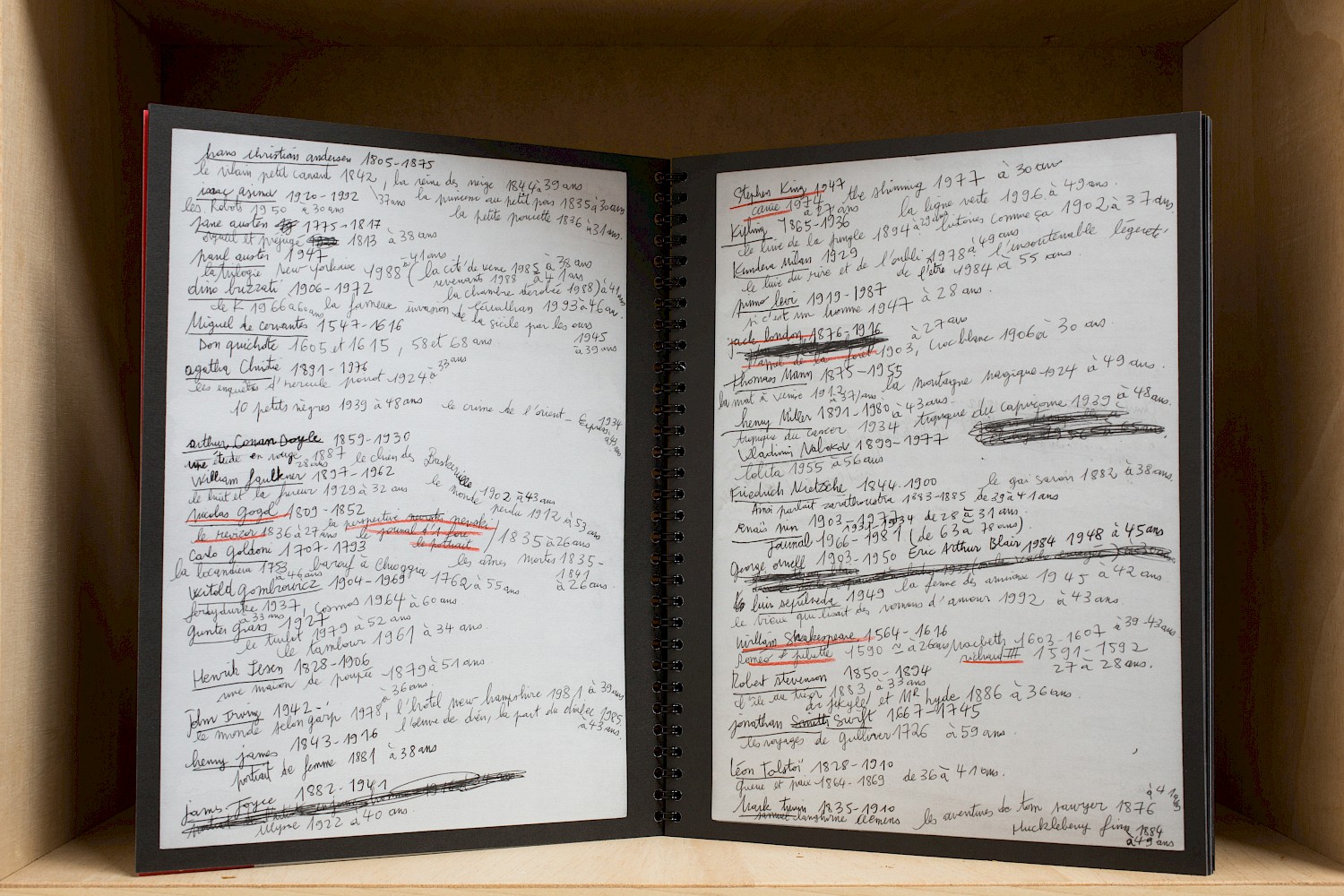
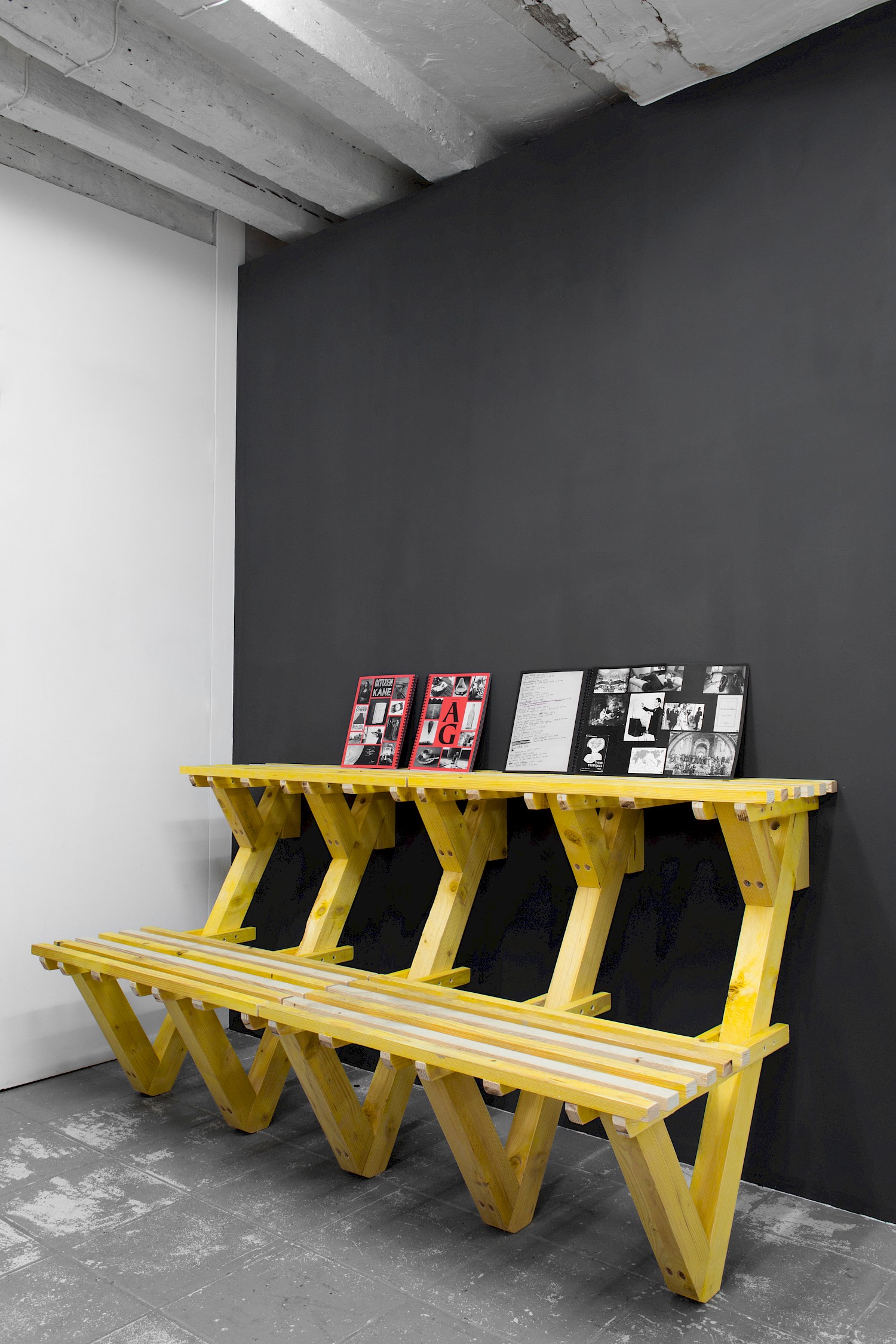
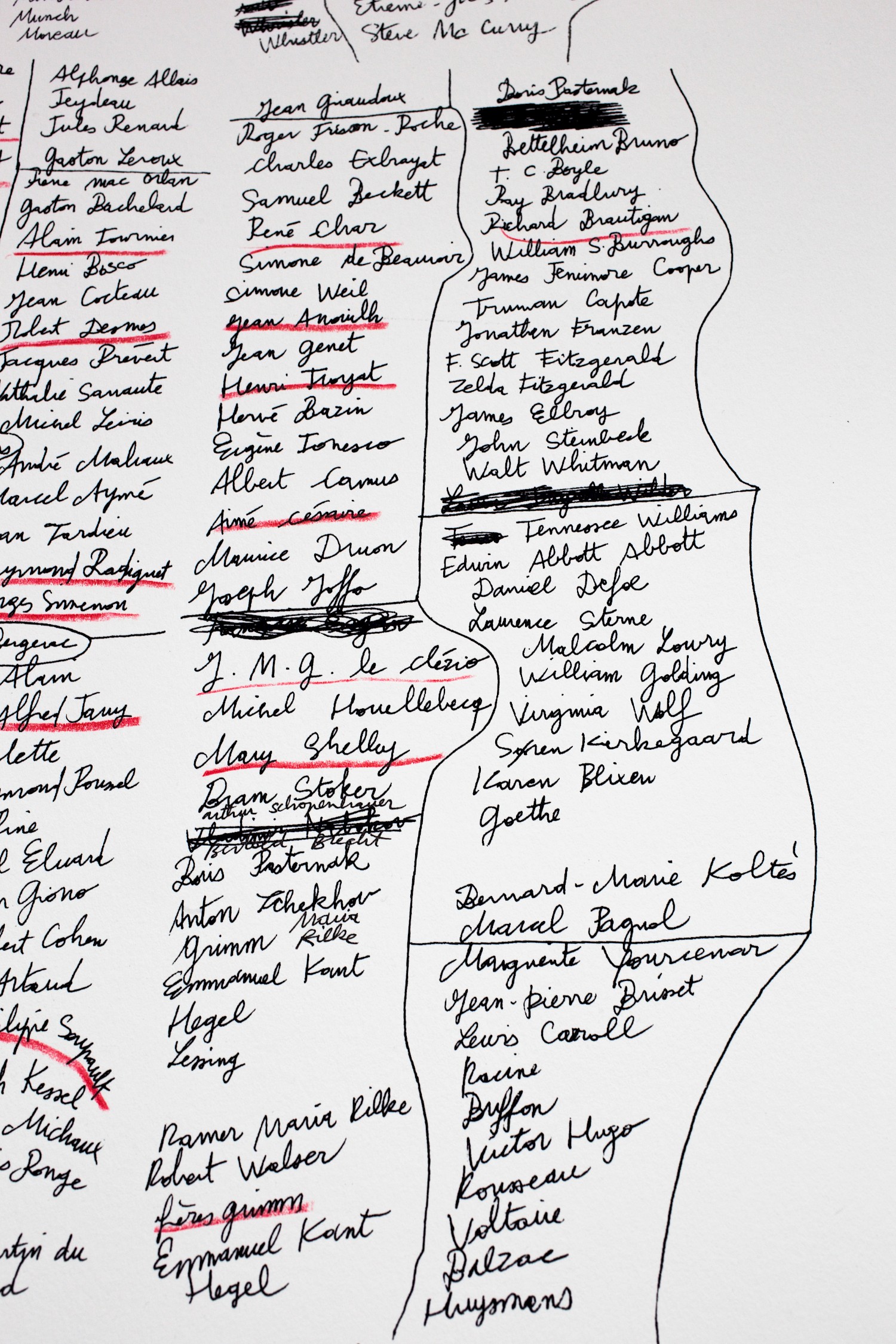
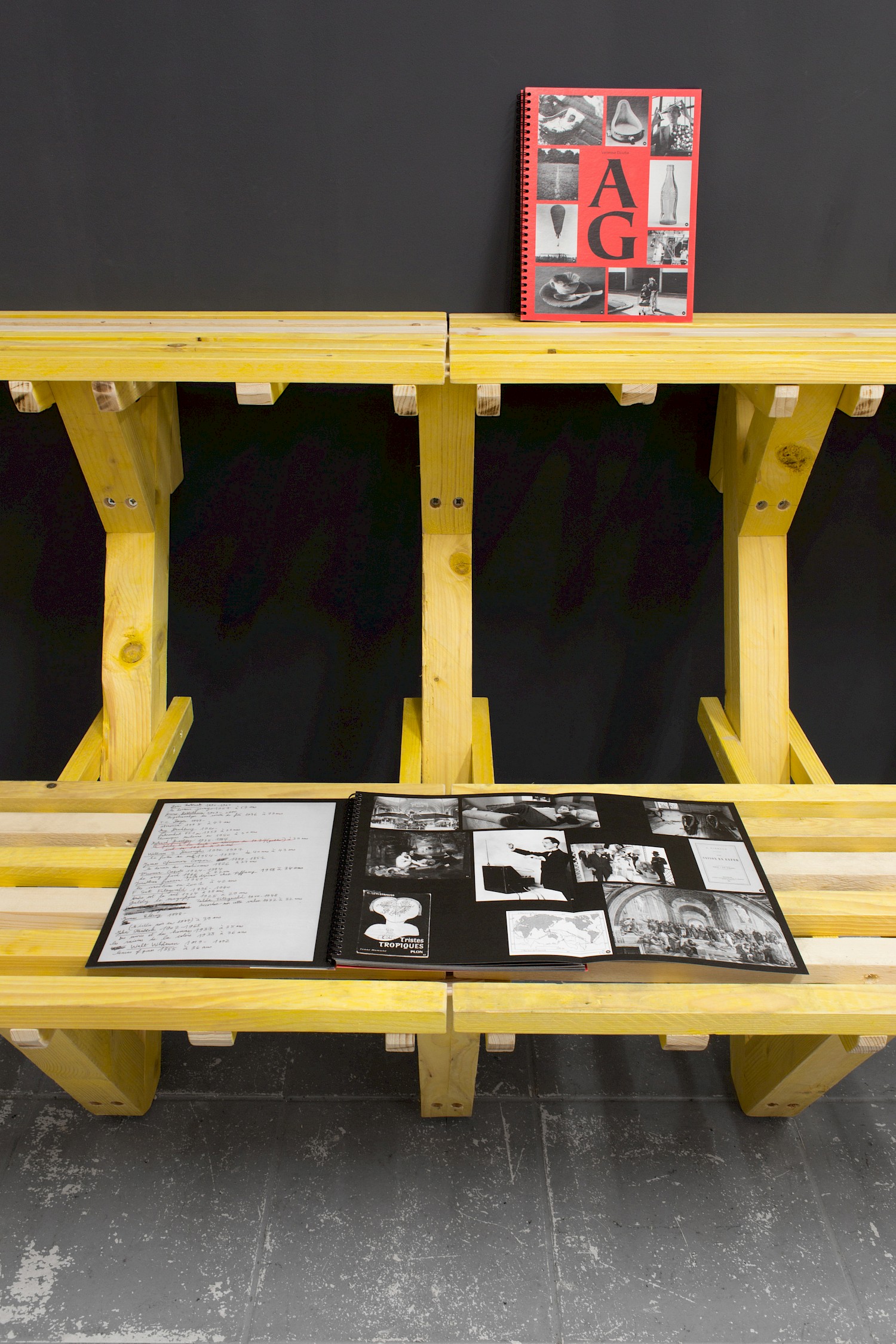
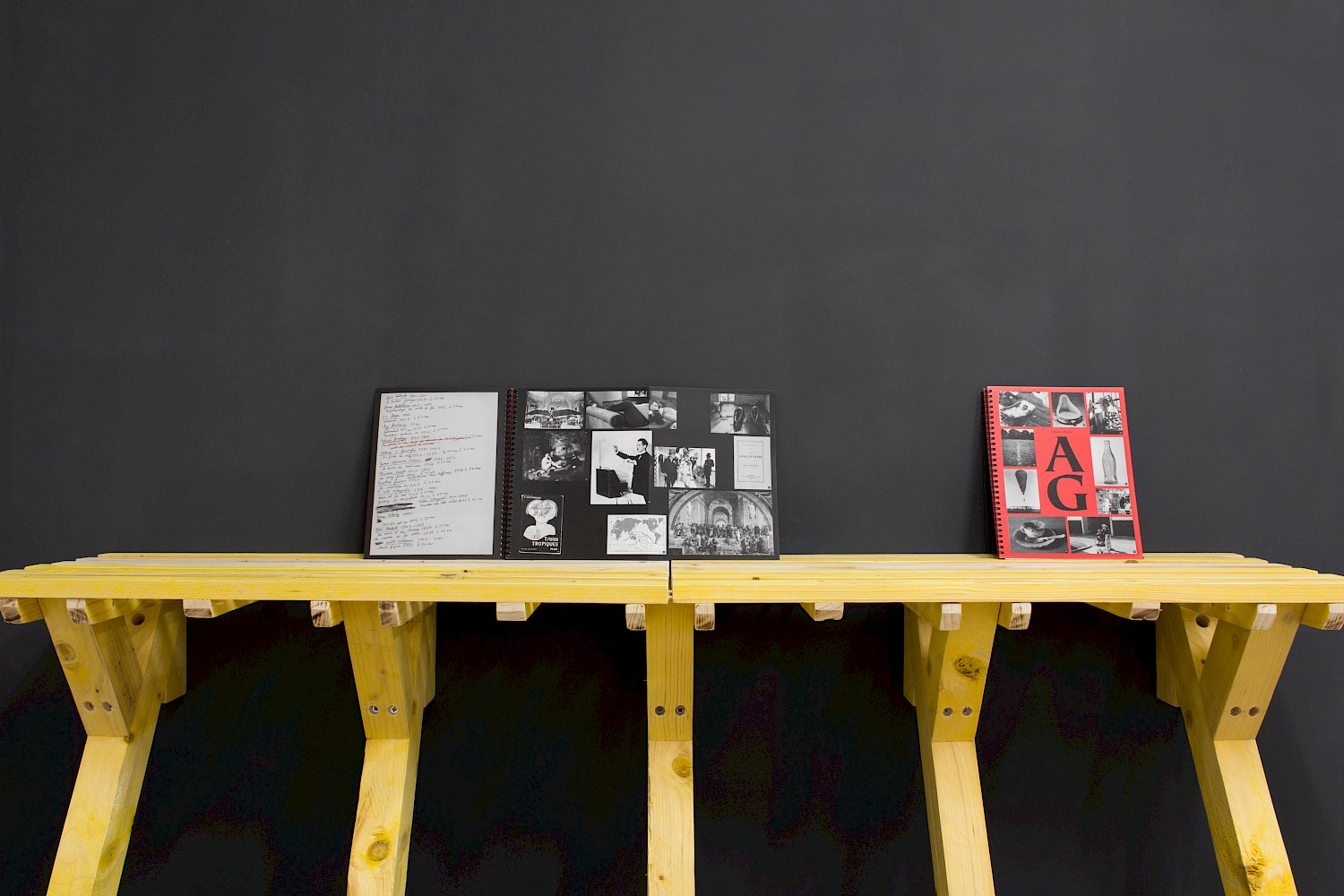
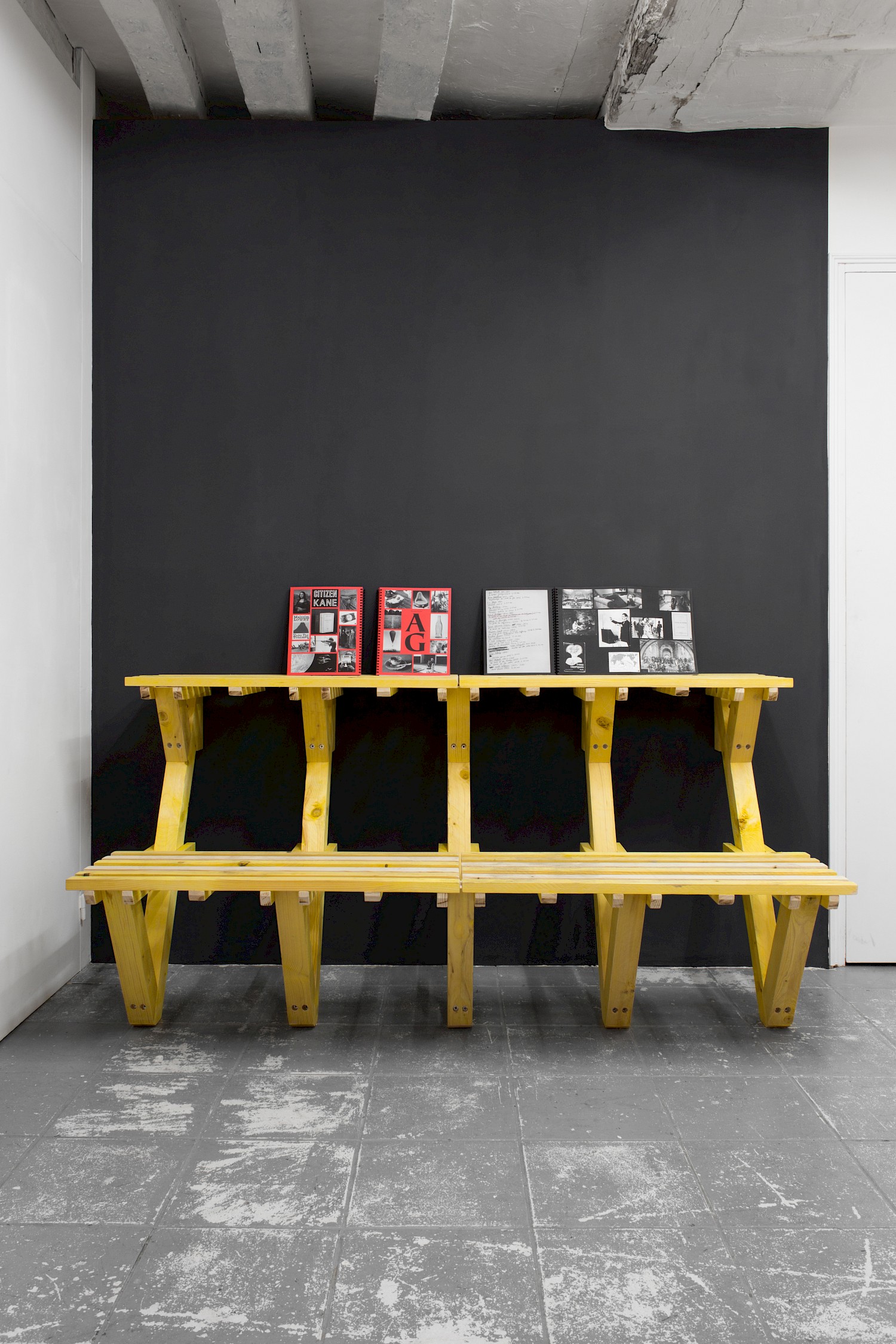
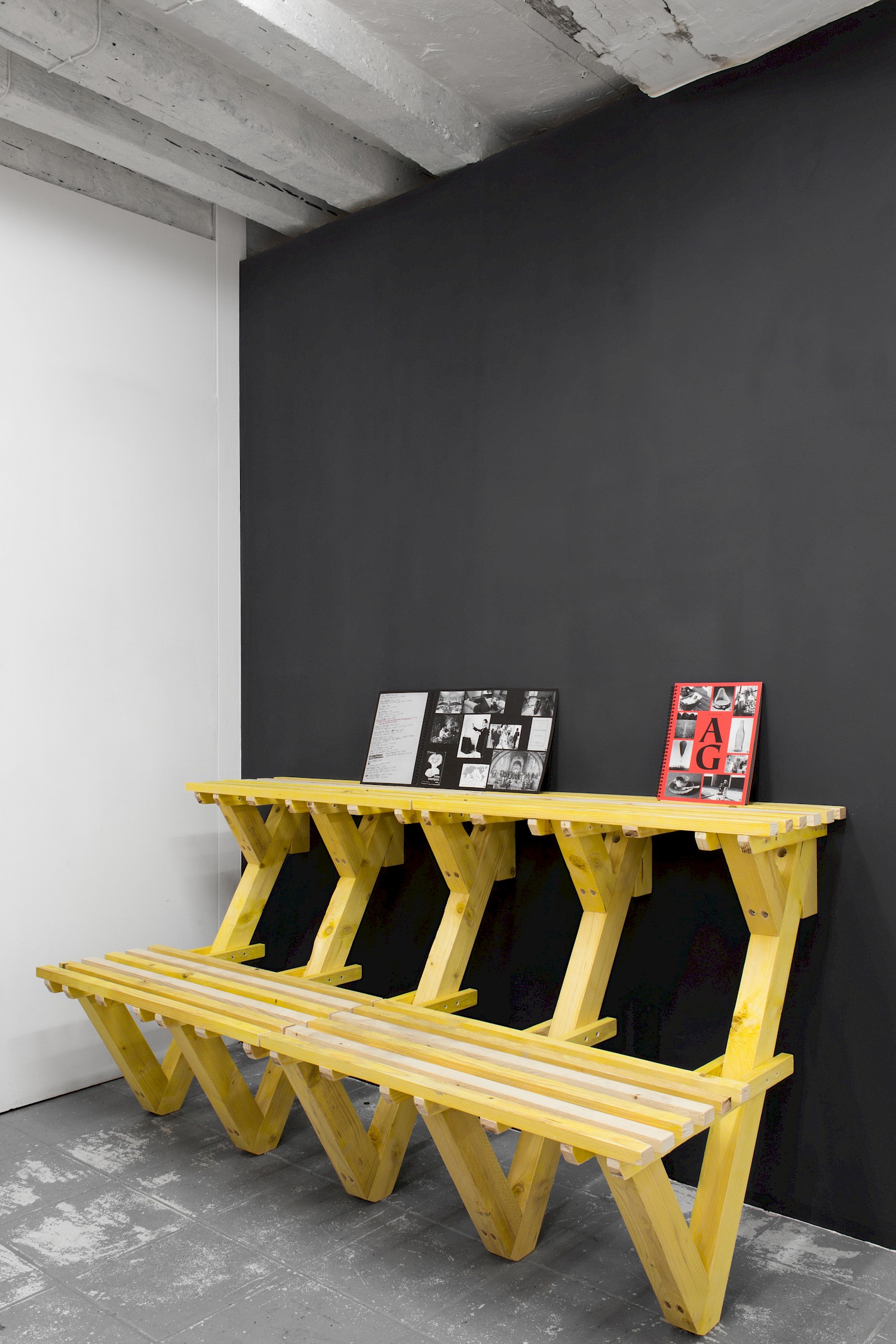
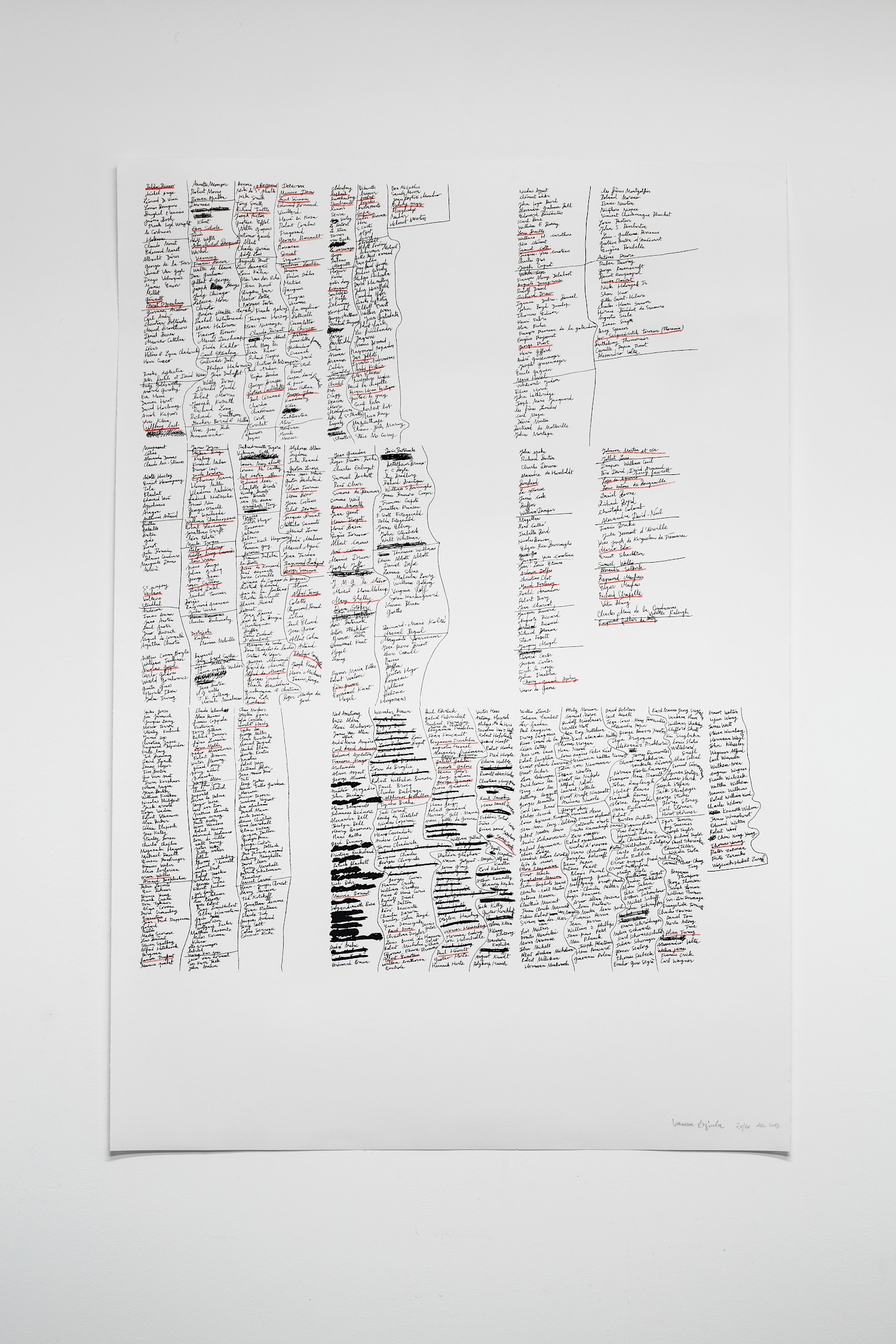

17 March 2016
Ag is a book which brings handwritten research conducted since 2010. These facsimiles are name’s lists of artists, filmmakers, inventors, writers, scientists and explorers and their ages when they realized theirs works which are considered as the most important.
The reader’s tracks
A list is sometimes prescriptive, an injunction to buy the objects that are necessary for a domestic economy or to read the essential references in literature. It is undoubtedly a vade-mecum: the list is a support to the memory. It is the sign of the calendar and cardinal registration of our daily activities, because what we call everydayness is not obvious 1. This art of memory would be a rhetoric based on writing but would take the shape of a catalogue listing all our interrogations. The personal library would be an easily transportable monument. A history book of the portable knowledge 2 on creation. A list is eminently dialogical. To every list responds a multiplicity of other lists, and every entry of the list calls for an answer, a memory, a contradiction. The list is a productive matrix: “At the author’s request, the publisher has left a few blank pages at the end of the book where the reader can write the ‘I remember’ notes that the reading will have hopefully stirred up.” 3 A list is transitive. It deals with the worlds that have been discovered or invented by scientists or artists. The universal decimal classifications are the signs of this desire of objectification of the world. But this model is not strictly followed. The listing order of this catalogue is mimed and this amused imitation keeps the model at a distance. Although the encyclopaedic approach is parodied, it tends to highlight a reflection on the ages of creation. “Banned, he discovers Greenland”, “Father David discovers the panda bear in 1869 at the age of 43”, “Johnson Martin and Osa arrive in Kenya in 1921 and invent wildlife filmmaking”. Another way to value creation that draws no distinction between invention and discovery, using the three figures of science, comedy and art once proposed by Arthur Koestler 4. Also didactic, these micro-narratives recall the documents with three lines of text drafted by Félix Fénéon 5. What can we learn here about the creative process? That it follows the lists of the reading act. A short while ago, when you pressed play on an audio recording, you were reading a track. Here, you are reading a list as if you were following a track. Our eyes follow a path that would have been drafted for us in the text (Paul Klee). The way you go through the list depends on your attention to colours, to surnames, anecdotes that are the vibrating signals of the list. Not in a circular and concentric order of the microgroove, but in the vertical piling of a column. The player of the list is on the track. It becomes a hunter that gathers the clues of a unity scattered all over the indicators that it meets along, like signs along the tracks. The player’s list is traced in the space of a page. The microgroove is substituted by the trail of the field crossed by the player that has marked the readings. Here are readings represented in the materiality of a classical bibliography and the order of the disciplines and their limits regulate the monumentality of the official history. But more discreetly, through a bibliography extended to other objects than books (including images, inventions and discoveries), the history that is proposed here shows precisely the graphic mission of writing and not only its function of oral recording. Vanessa Dziuba’s book on the authors’ age when they created their masterpieces shows us that writing is a trace as much as a traced element. The reader has been accurately identified as a traveller, a poacher and the writer is like a ploughman, someone sedentary 6 who is always following on the track of traces, always jumping from one book to another and the one who traces and ploughs his land, the page where he records his readings.
1 Georges Perec, Espèces d’espace, 1974 (published at the age of 38)
2 Enrique Vila-Matas, Abrégé d’histoire de la littérature portative, 1983 (published at the age of 35)
3 Georges Perec, Je me souviens, 1978 (published at the age of 42)
4 Arthur Koestler, Le cri d’Archimède. La découverte de l’Art et l’art de la Découverte, 1960 (published at the age of 55)
5 Félix Fénéon, Nouvelles en trois lignes, 1905-1906 (published in the daily paper Le Matin at the age of 44-45)
6 Michel de Certeau, L’invention du quotidien. 1. Arts de faire, 1980 (published at the age of 55)
Emmanuel Zwenger
With: Vanessa Dziuba
